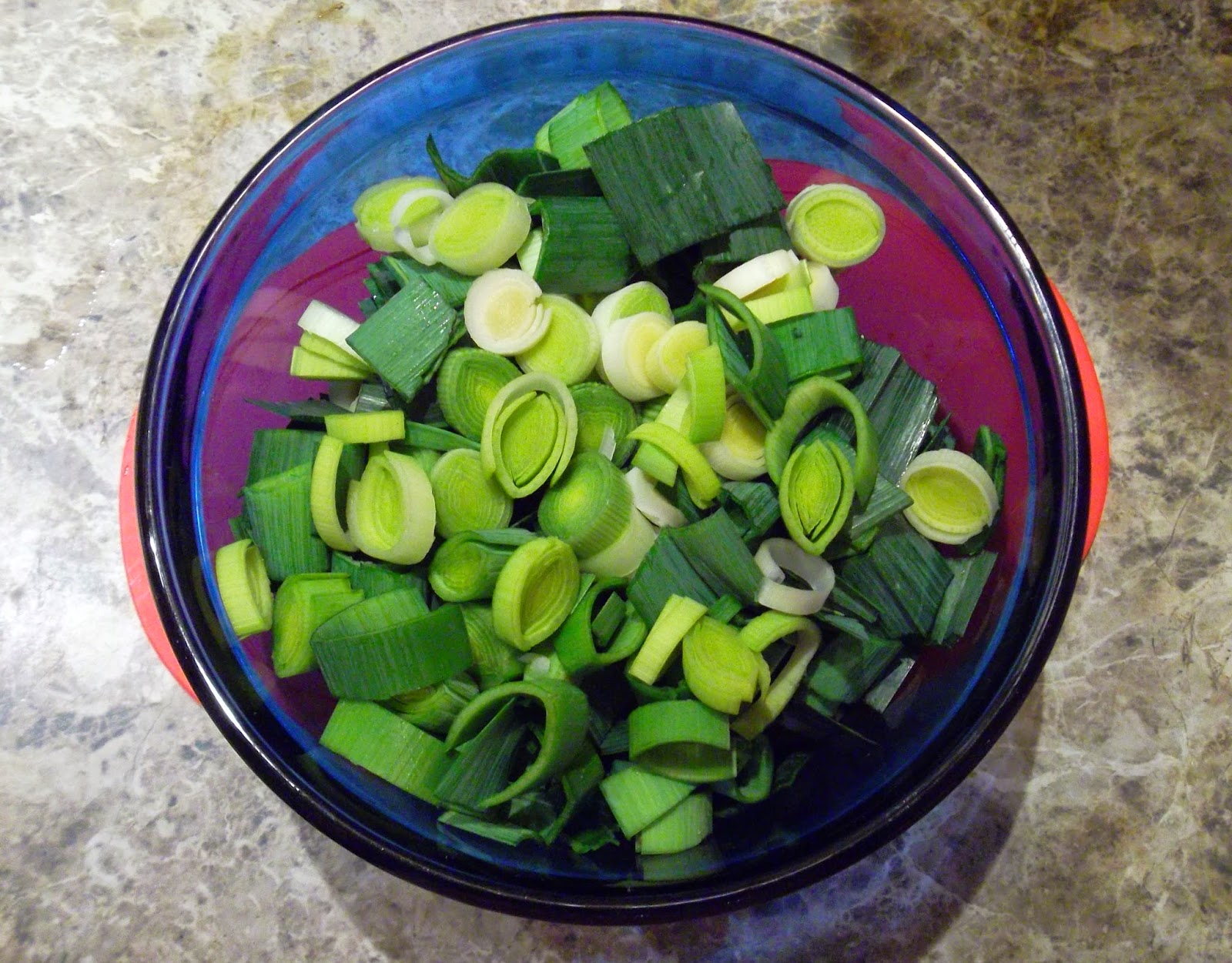 |
| Spry Cookbook - Front cover |
Published by Lever Brothers Company in Cambridge, Massachusetts, the booklet is undated, but judging from the clothing styles depicted on its colorful front and back covers, I would date it either late 1940s or early 1950s. The book contains 124 "thrifty healthful tested recipes" -- consistent (health and thrift) in appealing to homemakers returning to the hearth after working in factories and offices while their men were fighting in World War II; consistent also with post-WW II ideals of the feminine mystique.
 |
| Deep-fried Fritters |
A recipe for Corn Fritters fried in a similar fashion is described thus: "Make plenty -- everyone will surely want seconds."
Other sections in the booklet include shallow frying, sauteing, cakes, frostings, cookies, and breads, but the longest section in the book is devoted to all sorts of pies and fruit tarts. There are both two-crust pies and one-crust pies. A sticky note on the page with the recipe for Blueberry Nectar Pie indicates that our Aunt Doris used this recipe to concoct the delicious blueberry pie that was always served at our traditional family dinner on Thanksgiving, made with berries harvested from Doris's blueberry bushes in the summer and frozen until the big day in November.
Mom also always made her own pie crust dough from scratch, cutting the shortening into the flour with a pastry blender or two knives as described in this booklet: "Do not handle dough anymore than necessary" -- to keep it light and flaky.
 |
| Spry Cookbook - Back cover |
Today's busy homemaker has an even greater shortcut -- ready-made pie crust from the dairy section of the local supermarket. I suspect that many more Thanksgiving pies are made by using this commercial dough than entirely from scratch. I confess that I used it myself to try out a recipe from this booklet:
"Eccles": When I saw this word at the bottom of a page, I had no idea what it meant. This type of pastry is described as, "Titbits [sic] from your left-over pastry":
"Roll pie crust thin and cut in small circles. Place a spoonful of mincemeat or jam or fruit in center. Wet edges. Place another circle on top and press edges together. Crease three marks across top, turn, and repeat. Bake in hot oven (425 F.) 10 to 15 minutes, or until golden brown."
I was curious about the origin of this pastry treat, as well as its name. It is apparently named after the English town where it originated, Eccles in Lancashire, where a baker named James Birch began selling small, flat, raisin-filled cakes in 1793. Birch's recipe was similar to one that was included in an earlier cookbook, by Elizabeth Raffald, "The Experienced English Housekeeper."
I baked a batch of Eccles cakes and shared them with friends. The pastries were filled variously with raspberry, blueberry, and mango jam. My friends didn't exactly rave about them, but they did have seconds. (At least, I did!)
 |
| Eccles Cakes -- fresh from the oven |
* * *
Learn more about the origin of Eccles cakes at: http://www.salford.gov.uk/ecclescakes.htm




